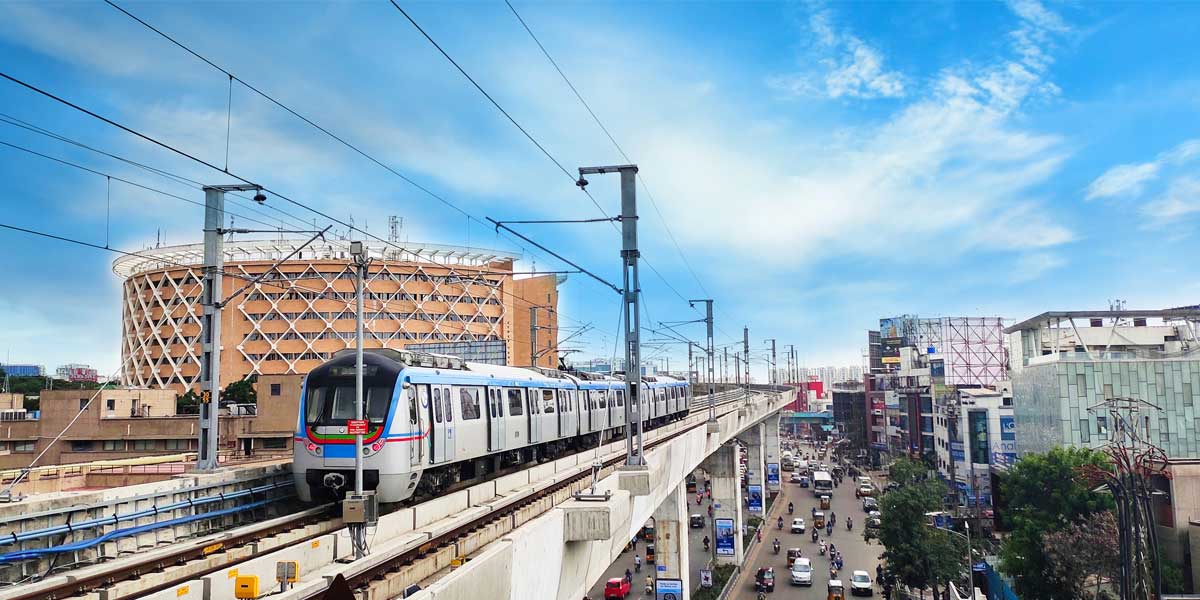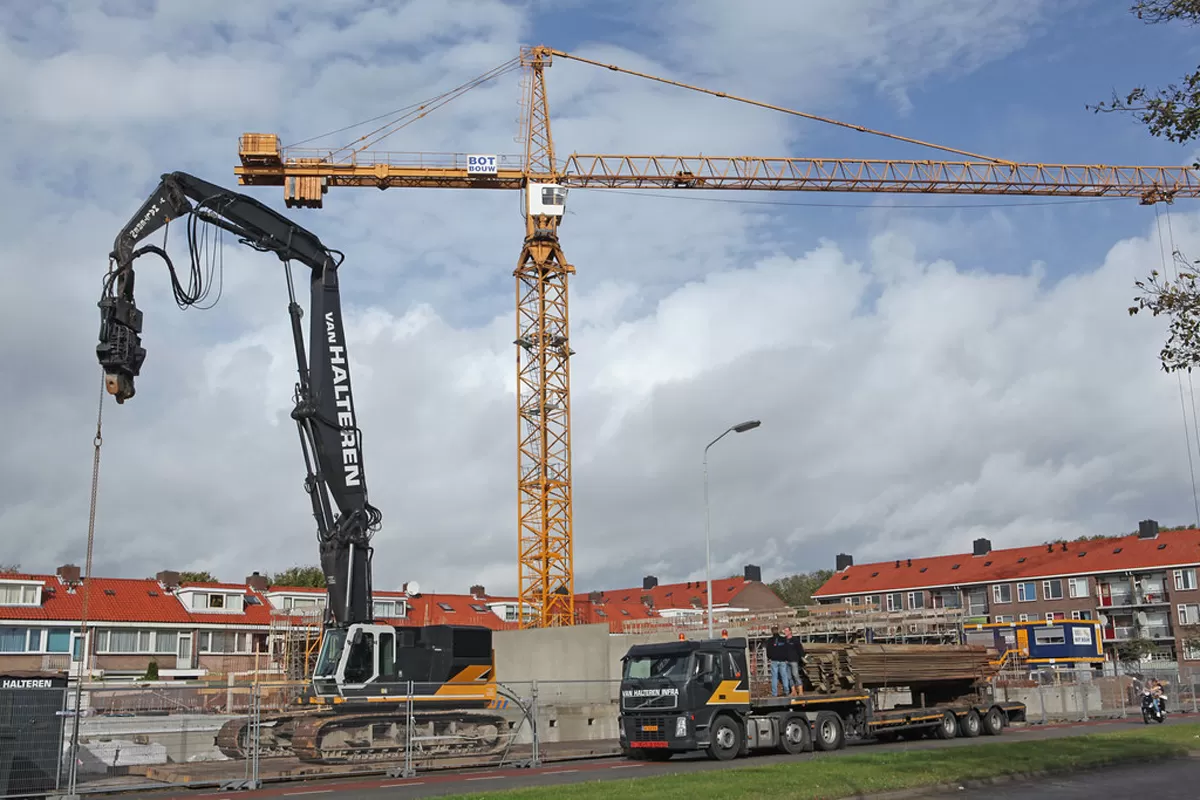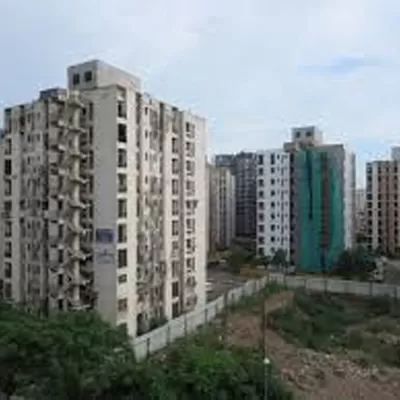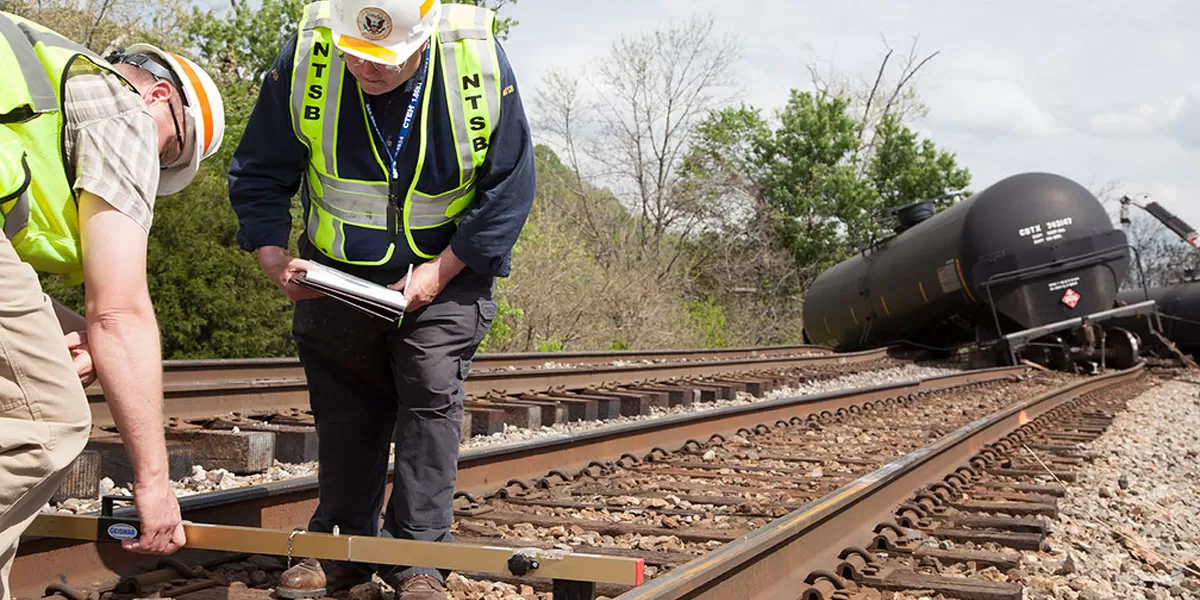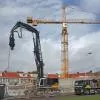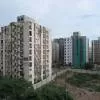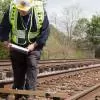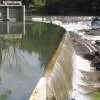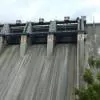- KVB Reddy, MD & CEO, L&T Metro Rail Hyderabad
The year 2020 has been unprecedented and left no one untouched. The Hyderabad Metro was
compelled to shut down the entire service for almost 169 days, with absolutely zero revenues.
KVB Reddy, MD & CEO, L&T Metro Rail Hyderabad, shares how it has been able to hold
its ground amid the pandemic and plans for the future.
While metro construction has been given the green light and metro-rail services have
also started, how can cooling and ventilation be maintained without risk of infection?
After the Centre announced resumption of metro-rail services as part of Unlock 4, Hyderabad
Metro Rail (HMR) opened its doors with all safety protocols in place, offering commuters a
sanitised rapid transit experience for safe mobility. For a hygienic ambience, we have
upgraded ventilation and air circulation across metro stations and train coaches. Trains at
every station stop for more seconds than earlier to let fresh air circulate. We are also ensuring
that commuters wear masks and maintain physical distance. We have made regular cleaning
and sanitising processes robust to ensure full sanitisation of all passenger touchpoints. To
further infuse confidence, we have introduced a module in our proprietary mobile app
‘TSavaari’, which enables commuters to register through a QR code available in metro trains
and track them in terms of their health trails. This is a contactless, integrated transportation
solution that uses the inbuilt Journey Planner Foundation and Journey Planner Integrated
Transport Experience algorithms with email/SMS notifications. It also allows passengers to
register to buy/recharge metro cards online.In February, the Hyderabad Metro became the second largest metro network in India.
Controlling cost and time overrun is an important aspect of project management. Tell
us about the role played by digital technologies in this regard.We have always adopted transformative technologies for project execution and timely
delivery. Digital transformation presupposes the introduction of agile practices, which have
been the backbone of Hyderabad Metro Rail right from its construction phase.Project schedules were continuously monitored using Primavera programmes targeting all the
bottlenecks in critical paths. Work breakdown structure and identification of available fronts
helped plan the sequence of works and allocation of resources, ensuring seamless flow of
information to make timely decisions.We used a robust Electronic Document Management System (EDMS) to centrally store our
large volume of digital documents and easily retrieve them. This system is used to save,
transmit and retrace documents seamlessly over the project lifecycle of 60 years. We have
also developed in-house, real-time graphical project progress software, which helps track
progress through real-time data from project sites. This has enabled us to plan works
accordingly. Apart from this, we also designed another in-house software for timely
reminders of guarantees and policies expiries, for operational excellence.
What new methods of construction and technologies were deployed to expedite the
metro project?
We utilised best-in-class technologies and practices to ensure timely completion with top-line
quality and project efficiencies in place. The entire HMR Project is on an elevated structure.
It has been constructed using precast segmental methodology for the viaduct and stations. As
such a complex structure rests mostly on the medians of crowded city roads, we had to plan
systematically and execute in line with the planning to avoid delays. Among the methods
used is an innovative way of casting piers—most piers were cast in a single pour without any
joints. Self-supported shuttering was utilised to cast a pier and pier cap simultaneously. This
ensured substantial reduction in time. A balanced cantilever structural system has been
implemented for the construction of our stations that can house entry and exit points,
ticketing, AFC [automatic fare collection] equipment and technical areas. Adding efficiency,
we inducted the spine and wing concept to execute the entire construction of the station box
by using precast segments. The station box structures were erected without any scaffolding
from the ground. An RCC precast plank system was used in place of steel shutter support,
which helped squeeze in time duration for casting slabs. This model saved us a lot of time as
we did not pose any hindrance to traffic movement.We had also identified potential zones in the city, where we had pre-empted issues owing to
traffic diversions, fly-over approach bottlenecks or track reversal ramp area. In such areas, we
used a portal frame structure for piers to speed up work. This is an efficient construction
technique used for wide-span buildings. We also leveraged night time to avoid traffic
congestions and safety issues for segment transportation and erection.How do you think the incorporation of cutting-edge technologies affects operations and
maintenance costs?For us, technology and innovation remain prime drivers. We have always welcomed the
incorporation of the best-available technologies that are pragmatic and easy to integrate
seamlessly with our system to make urban mass mobility efficient. Promoting automation, we
have inducted advanced signalling and train control technology, communication-based train
control (CBTC), to control trains. We have also introduced a contactless AFC system that has
improved the efficiency of fare box collection and made the journey convenient for
commuters. Further, with a few soft upgrades, our trains are also capable of going driver-
less. For passenger convenience, we have introduced QR-based ticket booking through
TSavaari and other third-party apps. This has helped customers to go for digital tickets,
saving time, especially during rush hour, and beating queues during this COVID time. We are also on the verge of implementing an account-based ticketing system in the near
future. This will be the next league of ticketless journey—allowing people to travel using a
secure token linked to an account. We are always open to new technological advancements as
per their relevance, cost-effectiveness and enhancement of customer experience and comfort.
The digital screens inside the trains also consistently educate commuters on the dos and
don’ts of metro travel, and the new normal. The entertainment content also keeps commuters
engaged.The L&T Hyderabad Metro is the world’s largest PPP project in the metro sector. How
attractive are PPPs in the current economic scenario?Metro rail in any city has become a symbol of urbanisation. And PPP has been made
mandatory for states to avail central assistance in new metro projects as part of the
Government of India’s New Metro Rail Policy 2017. The PPP model as part of the policy
offers attractive value propositions to private players in this segment, while offloading some
burden on the Centre in funding projects. Metro-rail projects are capital intensive with longer
break-even propositions. Issues pertaining to commercial viability, land acquisitions,
approvals for right of way, traffic police permissions and municipality support pose certain
challenges. However, as cities continue to grow at a rapid pace, the metro will be an
unavoidable and sustainable constituent of the urban transport mix. In this scenario, PPP as a
model is a speedy, efficient and cost-effective way of project delivery, apart from providing
greater value of money and high-performance incentives.How has the pandemic hit your business? What are your plans to overcome it?The year 2020 has been unprecedented and left no one untouched. It has been decades that
one witnessed this kind of a financial crisis. HMR was compelled to shut down the entire
metro service for almost 169 days, with absolutely zero revenues. HMR was commissioned
in phases in the past two to three years after its first launch in November 2017; we were into
full services pre-COVID with all lines being operational. After the lockdown, once we
received the permission to operate from September 7, 2020, we resumed services with
restrictive safety guidelines and standards as advised by the Central Ministry of Housing and
Urban Affairs and the Telangana state government. This included mandatory facemasks and
social distancing. Regular cleaning and sanitisation of all passenger touch-points are being
adhered to with zero tolerance. However, during the initial phase, we witnessed a massive dip
in ridership, which was less than 10 per cent of that in pre-COVID times. Today, we are at
about 30 per cent, as many people are still working from home, especially in the IT sector,
educational institutes still being shut, and people yet to overcome the fear of public transport.However, to gain back passenger confidence, we continue to reach out to the public
encouraging them through various media, showcasing our highest safety standards. We are
also undertaking cost-optimisation in the wake of the dip in revenues. This includes
incremental innovations, such as focus on energy conservation across our premises.What were the challenges faced after operations were suspended on March 22 and what
steps have been taken to recover from the losses suffered during lockdown?Our prime focus has been on growing ridership to increase fare and non-fare revenues. For
this, we are laying emphasis on regaining the trust of the citizens of Hyderabad. We have
been consistently spreading awareness about our endeavours towards cleanliness and
sanitisation. Also, we have started various promotional offers on the purchase of tickets.What is the outlook for the urban transport sector for the next two years?Population and economic growth have fostered urbanisation in India. We have witnessed
consistent growth in the number of urban towns and cities. This is expected to continue and
India must step up its game. While this makes the prospects for the urban transport sector
very optimistic, the limited transportation infrastructure will be stressed by this demand.
Connectivity is a vital factor that facilitates development in any city. We will have to
proactively start planning for the expansion of entire collaborative and interdependent
entities, such as peak-hour analysis and a robust traffic management system, better road
infrastructure, and a new network for pollution-free MRTS, like metro rail or suburban rail
systems.Delhi Metro has become the first in the country to launch driverless technology. Are
you planning to follow suit?It always feels good to be the first. HMR has been the first metro in the country to have opted
for the most advanced communication-based train control (CBTC) system that enables metro
trains to run without drivers. We brought CBTC technology for the first time to the country
when the project took off with in-built automatic train control (ATC), automatic train
operation (ATO) and automatic train protection (ATP). It allows for running more trains at
greater frequency without a driver. With software tweaks, our driverless trains can run with
the infrastructure being upgraded in stations, with platform screen doors being installed to
align the metro train coach doors with them. This will also prevent free access of passengers
on railway tracks.What are your expectations from the upcoming Union Budget? The outbreak of COVID-19 has impacted industries in an enormous way, especially the
nationwide lockdowns that have brought social and economic life to a standstill. To survive
this downturn, our expectation from both the Centre and the state has been for a grant or
temporary support because this type of loss was not foreseen by us. For example, in FY20-21,
we are going to touch nearly Rs 1,800-2,000 crores in losses, that too in a project with a
capital outlay of Rs 19,000 crore, which is approximately 10 per cent of the total capital
outlay that has been wiped out in just one year. This has come as a big blow. We need to survive and hence expect some succour from the Government to make the project
viable going forward. Hyderabad is known as the biggest IT hub after Bengaluru. The IT
crowd formed the biggest chunk of our commuter base, close to 50 per cent of overall
commuters. However, most of them are working from home owing to the pandemic now.
Apart from that school/college students who formed about 10 per cent of our commuter base
are also not using metro services. With this, we have lost over 60 per cent of the customer
base straightaway, hitting our bottomline drastically. This looks to continue for a couple of
years more. In this scenario, we are in dire need of aid from the governments.
- PRAHARSHI SAXENA
